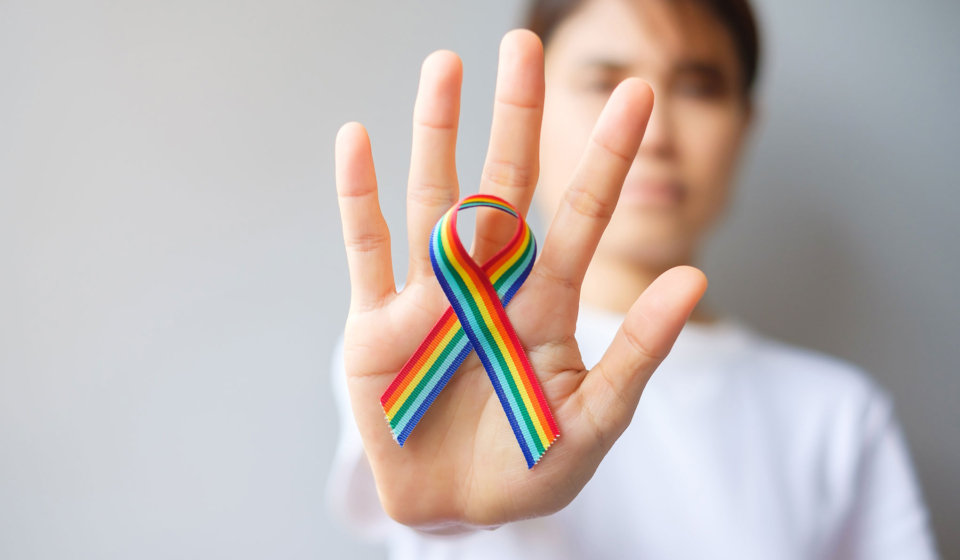Engage in an exhilarating and consensual role-play scenario where both partners take on the role of exhibitionists, deriving pleasure from being observed during intimate activities. This scenario allows you to explore the thrill of being seen and th ...

OnDelights
Welcome to a diverse world where individuals from various walks of life seek pleasure and satisfaction. Whether you're a dedicated workaholic, a nurturing housewife, a proud Swedish gay individual, a trio of lesbian friends embracing love, or a sex worker, we all share a common need for joy and fulfillment. Recognizing that pleasure and satisfaction are essential aspects of our lives, we strive to enhance your sexual experiences. Our aim is to provide ongoing pleasure and satisfaction, acknowledging the innate human instinct for intimacy and connection. Embrace a journey of heightened satisfaction with us, celebrating the diversity of desires and experiences that make us uniquely human.



















